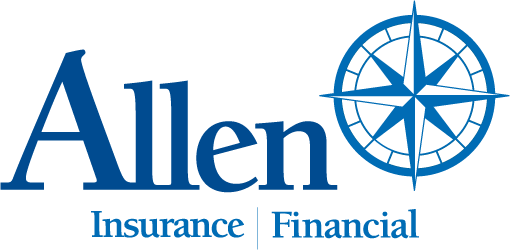

Throughout the year insurance companies meet with their agents and brokers to keep tabs on the shape of the market. Across the board and across all product lines, the most frequently flagged concerns are the potential impact of tariffs and ongoing economic uncertainty on the U.S. insurance market in 2025. Savvy insureds should be factoring this into their buying decisions.
Tariffs on imported goods, such as automobiles, auto parts, building materials (lumber, steel, etc.), and electronics, have already directly inflated the cost of repairs and replacements covered by insurance policies. This will in turn mean higher premiums as insurers will likely pass these increased claims costs onto policyholders to maintain their solvency and profitability.
Supply chain disruptions could also be a factor as the tariffs find their final level and different economic inputs begin to price for the new cost of materials. As we saw during the pandemic, such disruption can cause delays in repairs and increase the duration of claims. This can further drive up administrative costs for insurers and cause frustration for policyholders.
Industries heavily reliant on imported materials will see increased operating costs, potentially leading to higher commercial insurance premiums, not least as the replacement value of inventory, parts, fuel and other overhead will mean a need for higher exposures and policy limits.
While the tariff negotiations and adjustments appear to be ongoing, the insurance industry will continue to feel the impact of economic uncertainty such unprecedented change has brought about. Should we find ourselves in a downturn or recession, there are several things to consider on the insurance front.
During economic downturns, businesses and individuals might reduce their insurance coverage limits, opt for higher deductibles, or even cancel policies to save costs, leading to a decrease in premium income for insurers. Economic uncertainty can also increase the risk of businesses defaulting, impacting commercial insurance lines like trade credit insurance.
Investment income volatility also has a direct bearing on insurance premiums. Insurers rely on investment income. Volatile financial markets can negatively impact their investment returns, potentially pressuring underwriting profitability and leading to higher premiums. Seemingly paradoxically, insurers might adopt more conservative underwriting practices during uncertain economic times, despite the need to generate more revenue, tightening eligibility guidelines and increasing scrutiny. This is because the quickest way to not lose money on exploding claims costs is to not write the business in the first place. A crude lever to be sure, but one that does get pulled.
Economic hardship can exacerbate social inflation (increased litigation and higher jury awards), particularly in liability lines, driving up claims costs for insurers. This has been an ongoing trend for several years already; we will have to see if economic conditions accelerate this even more.
In summary, the combination of tariffs and economic uncertainty in 2025 is likely to create a challenging environment for the U.S. insurance market. Policyholders can expect to see upward pressure on premiums across various lines of business. The ability of insurers and policyholders to proactively manage risks and adapt to these evolving conditions will be crucial in mitigating the negative impacts.

